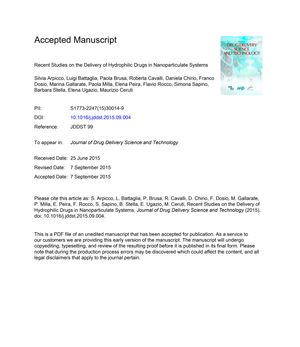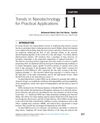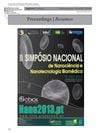Recent Studies on the Delivery of Hydrophilic Drugs in Nanoparticulate Systems
September 2015
in “
Journal of Drug Delivery Science and Technology
”

TLDR Nanoparticulate systems improve drug delivery by controlling release, protecting drugs, changing absorption and distribution, and concentrating drugs in targeted areas.
The document from April 1, 2016, reviews various strategies for enhancing the delivery of hydrophilic drugs using nanoparticulate systems. It discusses the use of liposomes, lipophilic prodrugs, polymer nanocarriers, and techniques like hydrophobic ion pairing and covalent linkage to improve drug encapsulation. Solid lipid nanoparticles (SLNs) are emphasized as promising due to their biocompatibility and versatility in encapsulating drugs like insulin, doxorubicin, and other anticancer agents with good efficiency. The document also explores the use of chitosan nanoparticles, alginate, and squalenoylation technology, which links a squalenoyl chain to drugs, improving bioavailability and targeting while reducing toxicity. Additionally, it covers the application of mesoporous silica nanoparticles for topical drug delivery and nanobubbles for targeted delivery and gene therapy. The review concludes that these drug delivery systems enhance drug performance by regulating release, protecting drugs from degradation, altering pharmacokinetics, and increasing drug concentration in diseased tissues.



